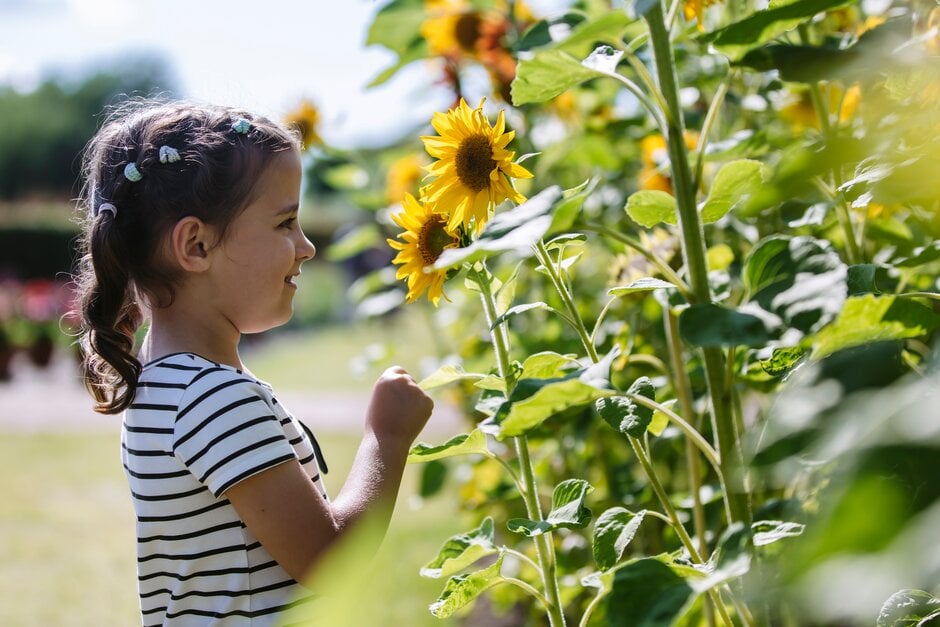Crazy about daisies – an easy guide to the Asteraceae family
The daisy family, also known as the sunflower or aster family, features some of the most loved and well-known plants, and includes annuals, perennials, shrubs and trees
Meet the family
Featuring over 1,900 genera throughout the world, and found on every continent except Antarctica, Asteraceae is one of the largest plant families, with only Orchidaceae vying for the top spot. Alongside the ubiquitous chain-making daisy in our lawns, the family includes cosmos, dahlias and marigolds, as well as less obvious edible cousins such as lettuce, tarragon and endive.
-
‘Aster’ in ancient Greek means ‘star’ due to the starlike shape.
-
Solidago (goldenrod) has a high-protein pollen, which helps honey bees in winter.
-
Dandelions were introduced into North America by European settlers who ate the young leaves as salad.
-
French marigold oil is extracted to use in cola.
- Ragweed pollen is one of the main causes of autumnal hay fever in the US.
-
Many of the family are used in the cut-flower industry, including chrysanthemums, gerberas, dahlias and zinnias.
-
Some stems contain latex or resin (chicory, dandelion).
-
‘Daisy’ comes from the Old English dægesege, formerly dæges eage, meaning ‘day’s eye,’ because the petals of some species of daisy open at dawn and close at dusk.
-
There are over 32,000 currently accepted species in the Asteraceae family. Their success has been attributed to their unique floral and fruit traits, which allow them to disperse easily, and put off herbivores from eating them.
Finally, a little daisy folklore
In Roman myth, the nymph Belides caught the eye of Vertumnus, god of the orchards, as she danced with the other nymphs at the edge of the forest, and to escape his unwanted attention, transformed herself into a daisy flower (Bellis).
Book tickets to RHS Hampton Court Palace Garden Festival where you can enjoy the All About Asteraceae display


